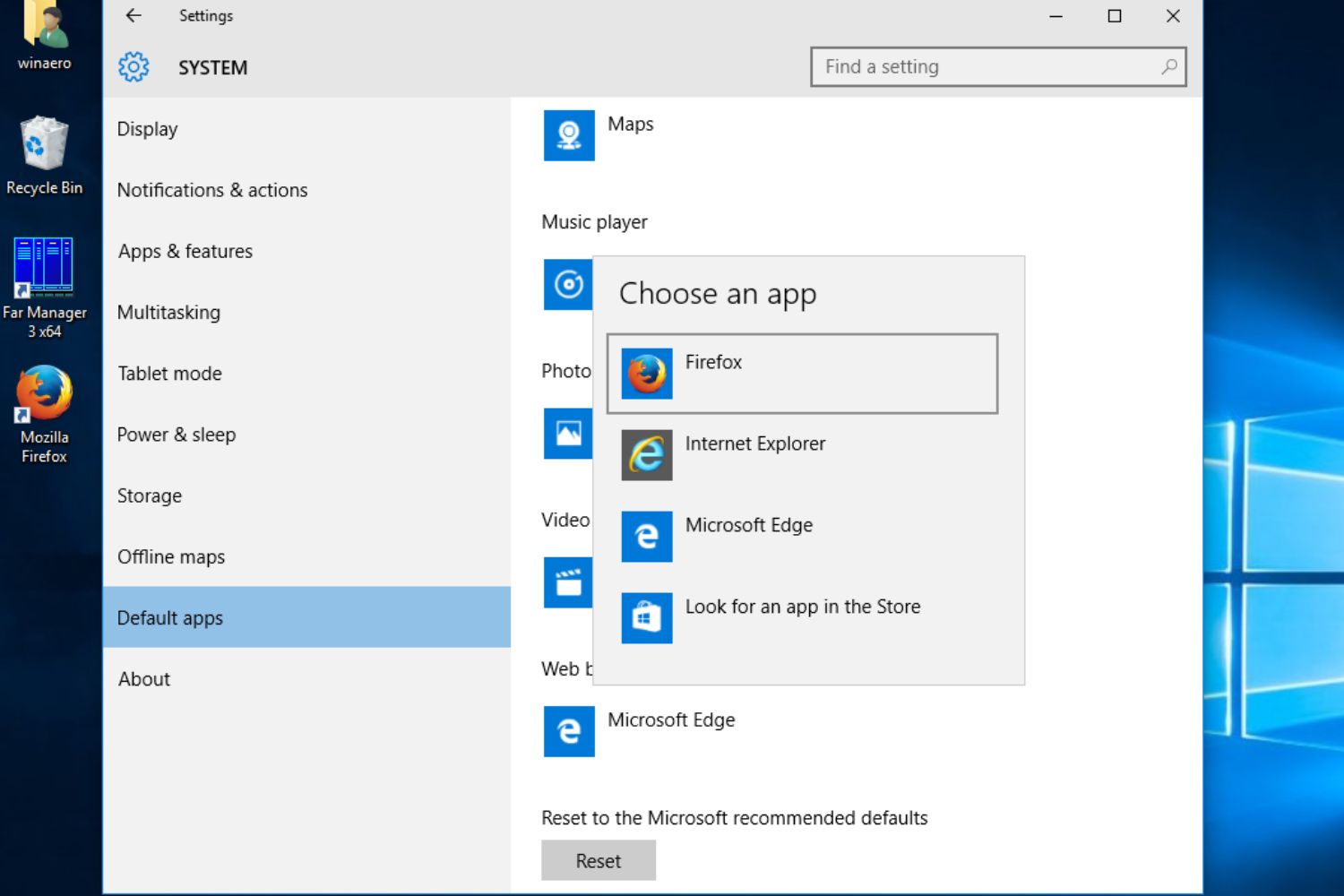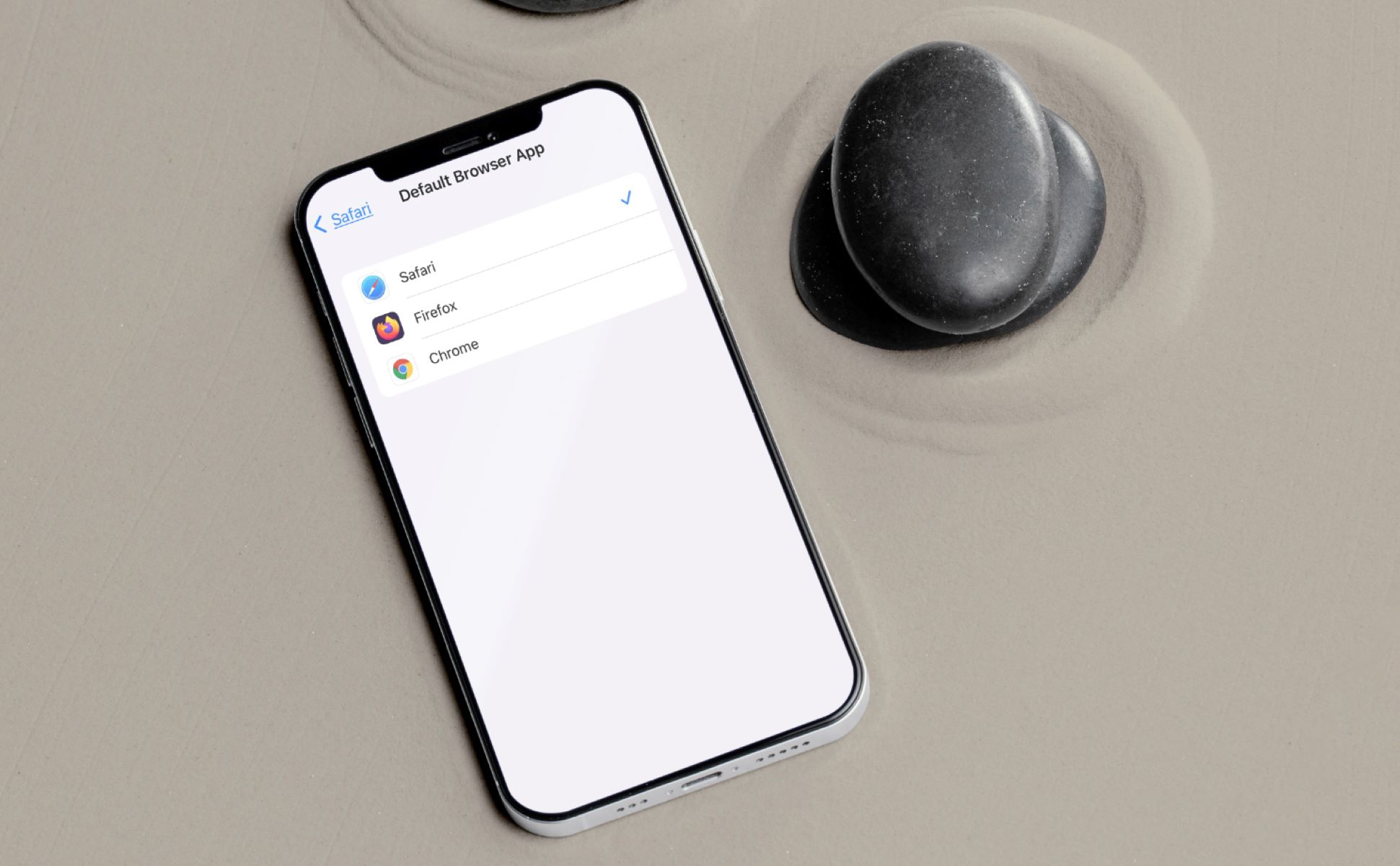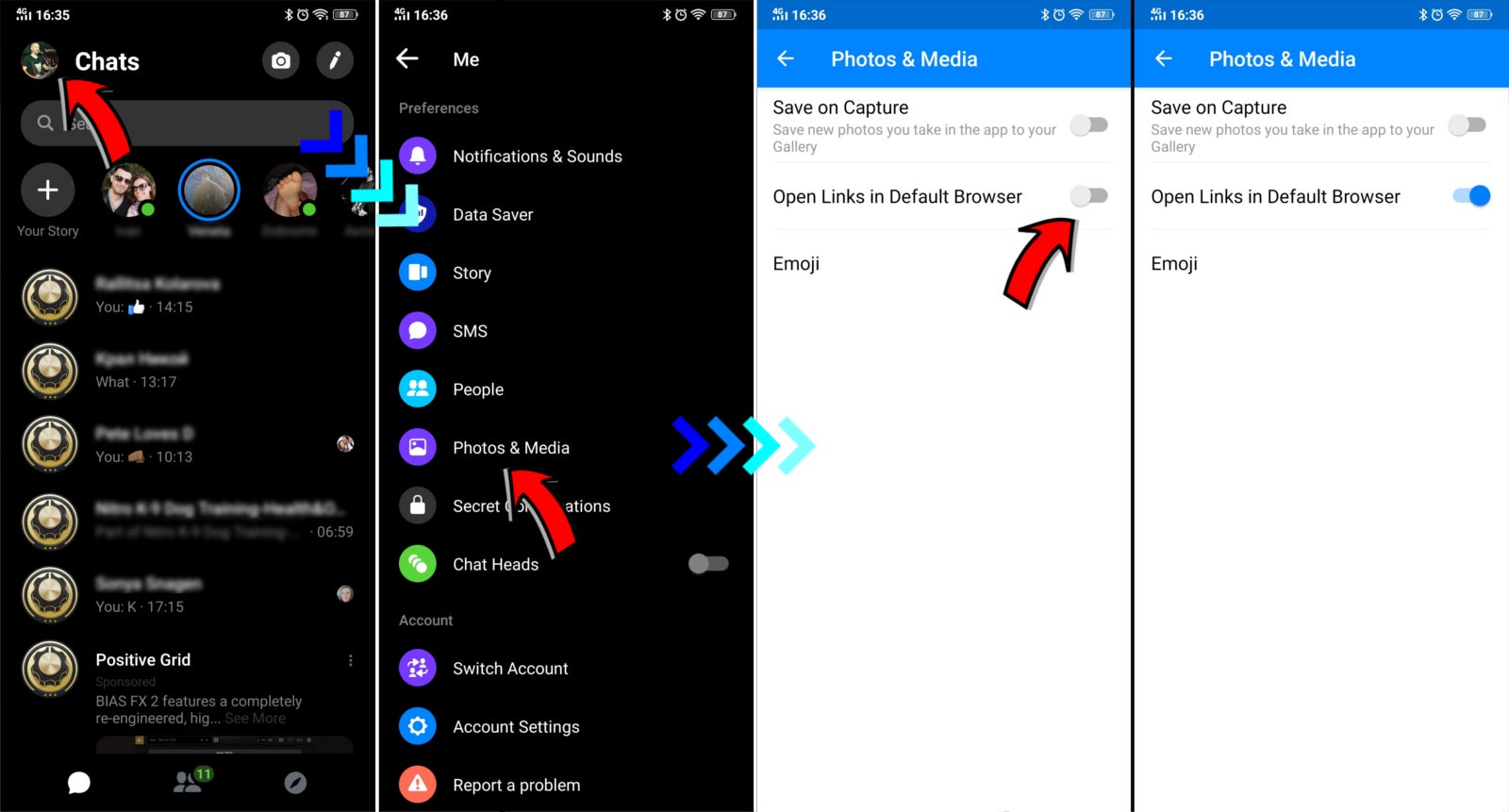Introduction
Have you ever clicked on a link and found that it opens in a browser you don't usually use? It can be frustrating when your computer seems to have a mind of its own, especially when it comes to choosing which browser to open links. Whether you prefer the sleek interface of Chrome, the privacy features of Firefox, or the seamless integration of Safari, you should have the freedom to decide which browser opens your links.
Thankfully, modern operating systems provide a straightforward way to change the default browser, allowing you to take control of your browsing experience. In this guide, we'll walk through the simple steps to change which browser opens links on your computer. Whether you're using a Windows PC, a Mac, or a mobile device, you'll be able to customize your default browser settings and ensure that links open in the browser of your choice.
By the end of this tutorial, you'll have the power to seamlessly direct links to your preferred browser, enhancing your browsing experience and streamlining your workflow. Let's dive into the steps and take charge of your default browser settings.
Step 1: Accessing Default Apps Settings
Accessing the default apps settings on your computer is the first step towards changing which browser opens links. This process allows you to navigate through the system settings and customize your default browser preferences. The specific steps may vary slightly depending on your operating system, but the general concept remains consistent across platforms.
Windows PC
If you're using a Windows PC, you can access the default apps settings by following these simple steps:
- Click on the "Start" button in the bottom left corner of your screen.
- Select "Settings" (the gear icon) to open the Windows Settings menu.
- In the Windows Settings menu, click on "Apps," which will open the Apps & features tab by default.
- On the left-hand side, select "Default apps." This will display a list of default apps for various file types and protocols.
Mac
For Mac users, accessing the default apps settings involves a slightly different process:
- Click on the Apple logo in the top left corner of your screen to open the Apple menu.
- Select "System Preferences" from the dropdown menu.
- In the System Preferences window, click on "General."
- Look for the "Default web browser" option and click on the dropdown menu to view the available browser options.
Mobile Devices
On mobile devices, such as smartphones and tablets, the steps to access default apps settings may vary based on the operating system (e.g., iOS, Android). Generally, you can find these settings in the device's system preferences or settings menu. Once located, you can navigate to the app settings and select the default browser option to make changes.
By accessing the default apps settings, you gain the ability to customize your default browser preferences, ensuring that links open in the browser of your choice. This foundational step sets the stage for seamlessly integrating your preferred browser into your daily browsing activities. With the default apps settings at your fingertips, you're ready to proceed to the next step and make the necessary changes to your default browser.
Step 2: Changing the Default Browser
Changing the default browser is a pivotal step in customizing your browsing experience and ensuring that links open in the browser of your choice. Once you've accessed the default apps settings on your computer or mobile device, you can proceed to change the default browser with ease. This process allows you to select your preferred browser from the available options, granting you control over how links are opened and enhancing your overall browsing efficiency.
Windows PC
For Windows PC users, the process of changing the default browser involves the following steps:
- Within the Default apps settings, locate the "Web browser" option.
- Click on the current default browser to reveal a list of alternative browsers installed on your system.
- Select your preferred browser from the list to set it as the new default for opening links.
Mac
Mac users can change their default browser by following these straightforward steps:
- In the General section of System Preferences, locate the "Default web browser" option.
- Click on the dropdown menu to view the available browser options installed on your Mac.
- Select your desired browser from the list to designate it as the new default for opening links.
Mobile Devices
On mobile devices, changing the default browser may vary based on the specific operating system. However, the general process typically involves the following steps:
- Navigate to the default apps settings within the device's system preferences or settings menu.
- Locate the option to change the default browser and select it to reveal a list of installed browsers.
- Choose your preferred browser from the list to set it as the new default for opening links on your mobile device.
By changing the default browser, you assert your control over how links are opened, ensuring a seamless and personalized browsing experience. Whether you favor the speed and simplicity of one browser or the feature-rich environment of another, customizing your default browser empowers you to navigate the web on your terms.
With the default browser changed to your preferred option, you're ready to move on to the next step and test the changes to ensure that links open in the newly designated browser. This final step will confirm that your default browser settings have been successfully updated, allowing you to enjoy a tailored browsing experience that aligns with your preferences and workflow.
Step 3: Testing the Changes
After changing the default browser on your computer or mobile device, it's essential to test the changes to ensure that links open in the newly designated browser. This step serves as the final confirmation that your default browser settings have been successfully updated, allowing you to seamlessly integrate your preferred browser into your browsing activities.
To test the changes, simply click on a web link within an application or document, such as an email or a text message. As you click the link, observe the behavior to see if it opens in the browser you've selected as the new default. If the link opens in your preferred browser, congratulations – the changes have been successfully implemented, and you can proceed to enjoy a tailored browsing experience that aligns with your preferences and workflow.
In the event that the link opens in a different browser or prompts you to choose a browser, it may be necessary to revisit the default apps settings and ensure that the changes were applied correctly. Double-checking the default browser setting can help troubleshoot any discrepancies and ensure that your preferred browser is set as the default for opening links.
Additionally, testing the changes provides an opportunity to validate the seamless integration of your preferred browser into your daily workflow. By actively engaging with links and observing their behavior, you can confidently navigate the web with the assurance that your default browser preferences are aligned with your browsing habits.
Ultimately, testing the changes serves as the final step in the process of customizing your default browser settings. It allows you to verify that your preferred browser is seamlessly integrated into your digital environment, empowering you to browse the web with efficiency and confidence.
With the changes successfully tested and validated, you can now navigate the web with the assurance that links will open in your preferred browser, enhancing your overall browsing experience and streamlining your digital workflow. By taking control of your default browser settings, you've personalized your browsing experience and optimized your digital interactions to align with your preferences.

























